What is Trauma-Informed Care?
Trauma-Informed Care (TIC) was originally used to help children and adolescents who had experienced sexual abuse. Now, this approach is being applied to children, adolescents, and adults who have experienced any form of trauma or abuse as a child.
TIC recognizes and responds to the signs, symptoms, and risks of trauma to support the health needs of people who have experienced Adverse Childhood Experiences (ACE). Adopting trauma-informed practices can potentially improve engagement, treatment adherence, and health outcomes.
The 6 Principles Of Trauma-Informed Care
- Safety
Throughout any healthcare organization, the staff and the people they serve should feel physically and psychologically safe. - Trustworthiness and transparency
Organizational operations and decisions are conducted with transparency with the goal of building and maintaining trust among staff, clients, and family members of those receiving services. - Peer support and mutual self-help
These two ideals are integral to the organizational and service delivery approach and are understood as a key vehicle for building trust, establishing safety, and encouraging empowerment. - Collaboration and mutuality
There is recognition that healing happens in relationships and in the meaningful sharing of power and decision-making. The organization recognizes that everyone has a role to play in a trauma-informed approach. - Empowerment voice, and choice
Every healthcare organization aims to strengthen the staff, client, and family members’ experience of choice and recognizes that every person’s experience is unique and requires an individualized approach. - Cultural, historical, and gender issues
The organization actively moves past cultural stereotypes and biases, offers culturally responsive services, leverages the healing value of traditional cultural connections, and recognizes and addresses historical trauma.
Signs and symptoms of Trauma-Informed Care
Individual trauma results from an event experienced by an individual as physically or emotionally harmful or life-threatening and that has lasting adverse effects on the individual’s mental and emotional well-being. Trauma-informed care and trauma-informed systems function according to the Four R’s:
- Realize the prevalence of traumatic events and the widespread impact of trauma
- Recognize the signs and symptoms of trauma
- Respond by integrating knowledge about trauma into policies, procedures, and practices
- Seek to actively Resist re-traumatization
How TIC is Different Than Other Types of Therapies
Unlike traditional therapy, trauma-informed treatment integrates an awareness of trauma into every aspect of therapy while making safety a priority for clients. A trauma-informed approach to care acknowledges that health care providers need to have a complete picture of a patient’s life situation — past and present — in order to provide effective health care services. This type of treatment brings awareness of trauma by creating a safe space to navigate your mental health.
The Benefits of TIC for Trauma Over Other Types of Therapies
Trauma-informed care is designed to create a sense of safety in patients.
Creating a sense of safety increases the chances of people engaging with their treatment and being more willing to share their experiences with their healthcare providers.
TIC can help patients to actively avoid re-traumatization.
Re-traumatization can cause serious mental health problems, such as severe anxiety and clinical depression. Trauma-informed care actively works to avoid this.
TIC empowers the patient to feel that they are in control of their treatment.
Self-empowerment offers patients a better sense of control over their own lives, which is a critical feeling that they need to regain for themselves.
TIC can be used to bring individuals with shared experiences together.
This level of peer support enables patients to feel part of something greater than themselves and helps them avoid feeling different from everyone else.
Trauma-focused Therapy Techniques
There are a large variety of techniques used in TIC, and they vary based on the age and trauma experience of the patient. Therapists use creative strategies and activities to address memories, emotions, or problematic behaviors. These are conducted in a way that is sensitive and unique to each child’s experience. Techniques generally used include:
- Focused breathing, play, relaxation, and exercise
- Anger management, focusing on the present, and positive distraction
- Recognizing the connection between thoughts and feelings
- Focusing on the facts to create a trauma narrative
- Learning to avoid trauma triggers and reminders
- Sharing trauma stories to help families to heal and reconnect
- Developing safety plans for specific situations that may arise
How to Get Help
You can get help for your child’s particular situation. The first step is to find the right provider for you and to book an in-person or online appointment.
